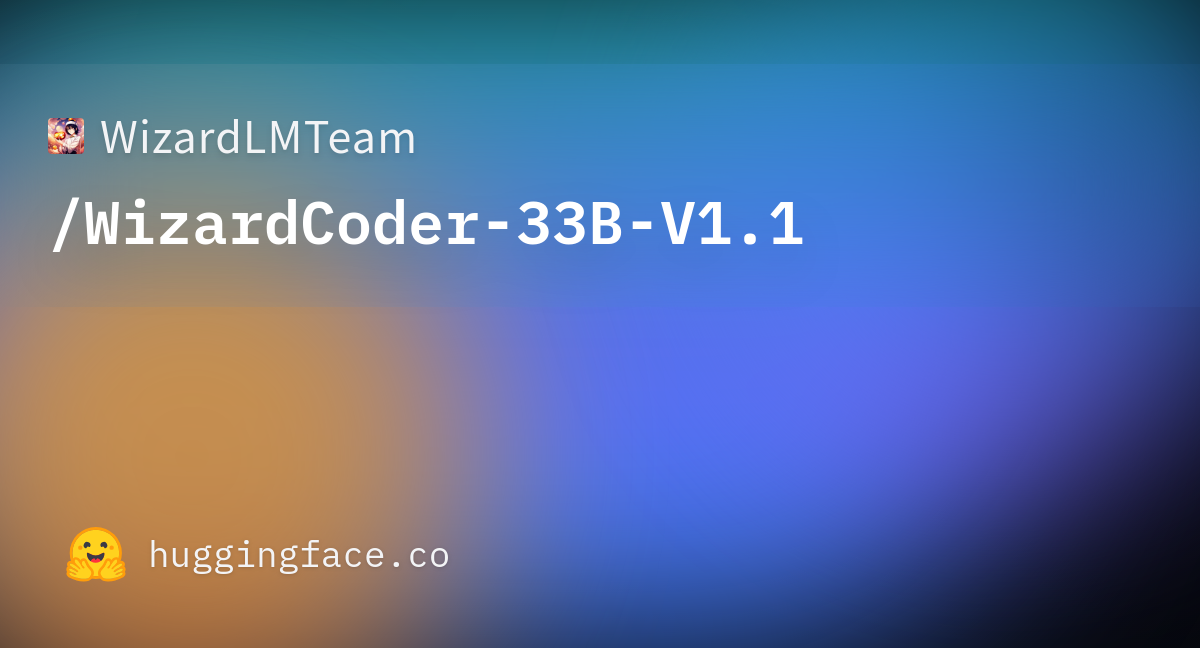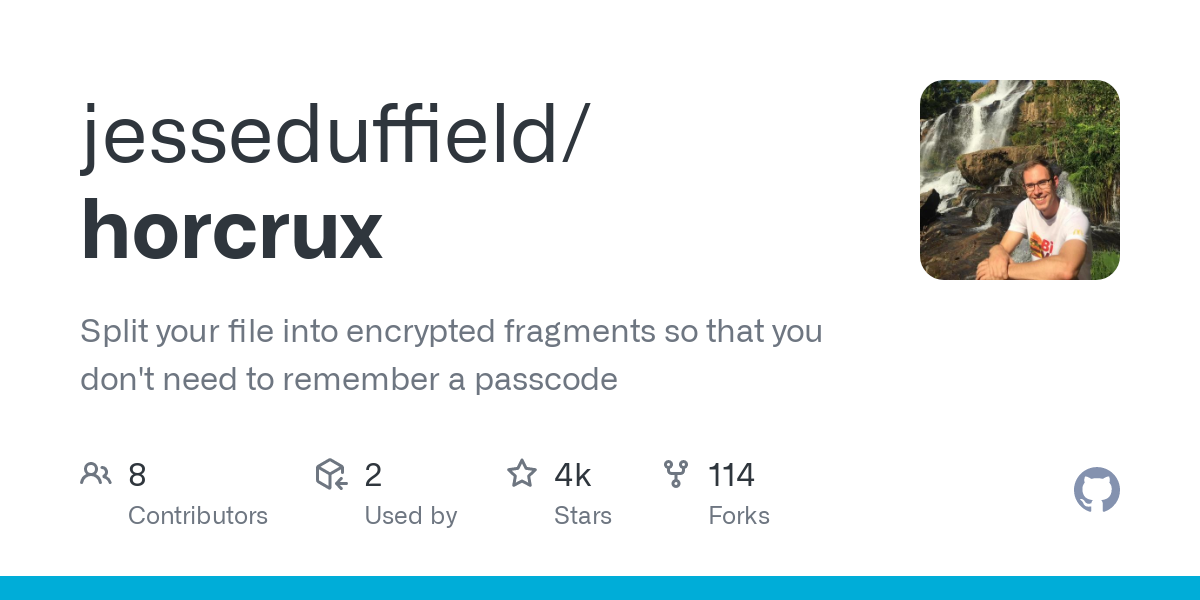- 11 Posts
- 8 Comments

 1·11 months ago
1·11 months agoI use text-generation-webui mostly. If you’re only using GGUF files (llama.cpp), koboldcpp is a really good option
A lot of it is the automatic prompt formatting, there’s probably like 5-10 specific formats that are used, and using the right one for your model is very important to achieve optimal output. TheBloke usually lists the prompt format in his model card which is handy
Rope and yarn refer to extending the default context of a model through hacky (but functional) methods and probably deserve their own write up

 1·11 months ago
1·11 months agoYeah so those are mixed, definitely not putting each individual weight to 2 bits because as you said that’s very small, i don’t even think it averages out to 2 bits but more like 2.56
You can read some details here on bits per weight: https://huggingface.co/TheBloke/LLaMa-30B-GGML/blob/8c7fb5fb46c53d98ee377f841419f1033a32301d/README.md#explanation-of-the-new-k-quant-methods
Unfortunately this is not the whole story either, as they get further combined with other bits per weight, like q2_k is Q4_K for some of the weights and Q2_K for others, resulting in more like 2.8 bits per weight
Generally speaking you’ll want to use Q4_K_M unless going smaller really benefits you (like you can fit the full thing on GPU)
Also, the bigger the model you have (70B vs 7B) the lower you can go on quantization bits before it degrades to complete garbage

 1·1 year ago
1·1 year agoIf you’re using llama.cpp chances are you’re already using a quantized model, if not then yes you should be. Unfortunately without crazy fast ram you’re basically limited to 7B models if you want any amount of speed (5-10 tokens/s)

 1·1 year ago
1·1 year agoYeah definitely need to still understand the open source limits, they’re getting pretty dam good at generating code but their comprehension isn’t quite there, I think the ideal is eventually having 2 models, one that determines the problem and what the solution would be, and another that generates the code, so that things like “fix this bug” or more vague questions like “how do I start writing this app” would be more successful

 1·1 year ago
1·1 year agoI’ve had decent results with continue, it’s similar to copilot and actually works decently with local models lately:

 2·1 year ago
2·1 year agoYes agreed on the llama-2 models, they show a LOT of promise in the right tasks but they need some work to get back to what we remember from peak llama-1, i’m very excited for when that arrives in a week or two!
Yeah by all means! At this time I’d say text-generation-webui is my most mature and functional image, with koboldcpp being a close second but I just don’t work as closely with it
lollms-webui is a very interesting upcoming platform but it’s a solo dev so it’s a lot of work, my docker image works as long as you don’t need any personalities, but i’m working on that to see if I can get it sorted out :) for now though it’s definitely worth considering it beta or maybe even alpha
Would love to keep our communities tightly knit, FOS AI and localllama both have similar ideals coming from two different angles, so keep in touch :D

 3·1 year ago
3·1 year agoHey thanks for the detailed writeup, this is great! Probably worth including a couple of the llama 1 models just because they’re more mature and ready to be used even tho licensing is awkward
Also if you’d like I maintain a few docker images for a couple tools (namely oobabooga, koboldcpp, and lollms-webui) that might be good for beginners to get their feet wet, can find them pinned at https://github.com/noneabove1182







You shouldn’t need nvlink, I’m wondering if it’s something to do with AWQ since I know that exllamav2 and llama.cpp both support splitting in oobabooga